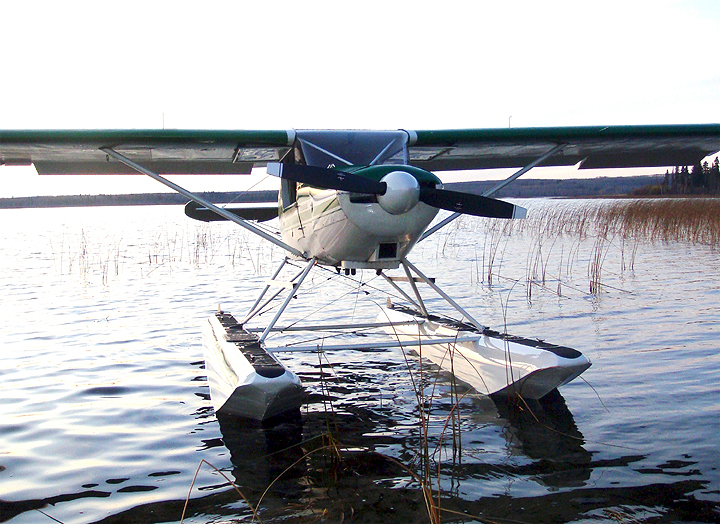Howdy y'all, hope you're doing well.
I am considering putting amphibious floats on my future Bearhawk, and was wondering if anybody else has done that yet.
If so, what floats were used and how did the airplane perform with them?
I've been told amphibious floats can turn a C180 into a 2-place half-fuel kind of airplane and am wondering if this is true and if they would have a similar effect on a Bearhawk.
Any other related advice, ideas, or suggestions are welcome too.
I am considering putting amphibious floats on my future Bearhawk, and was wondering if anybody else has done that yet.
If so, what floats were used and how did the airplane perform with them?
I've been told amphibious floats can turn a C180 into a 2-place half-fuel kind of airplane and am wondering if this is true and if they would have a similar effect on a Bearhawk.
Any other related advice, ideas, or suggestions are welcome too.







Comment